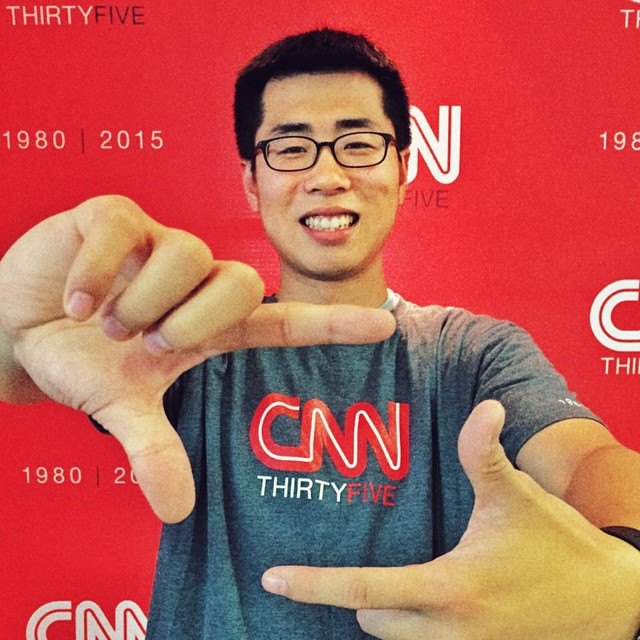 The UCSB community will have a meeting opportunity with the EPA folks Laura Bloch and Jose Zambrana of the California EPA to learn about the EPIC Network and its opportunities for involving our students in projects with local governments this coming Wednesday, October 2 from 10:30 to noon in Girvetz 2320.
The UCSB community will have a meeting opportunity with the EPA folks Laura Bloch and Jose Zambrana of the California EPA to learn about the EPIC Network and its opportunities for involving our students in projects with local governments this coming Wednesday, October 2 from 10:30 to noon in Girvetz 2320.
They are coming to talk with UCSB colleagues about Educational Partnerships for Innovation in Communities (EPIC); science-based tools for decision making (they’ll briefly introduce a tool you may be interested in – EnviroAtlas); and to discuss how best to collaborate with interested faculty.
There will be 15-20 minutes presenting information and the rest of the time learning about and discussing coordination with NXTerra.
The EPA’s role in their work with EPIC-N has been convening, facilitating, identifying leveraging opportunities, and sharing science-based decision support tools.
From the EPIC Network website:
Matching local governments (cities, counties, transit districts, tribes, etc.) and universities to take advantage of one another’s needs and capacities, and doing so at a bigger scale than more typical one-off university-community projects, is the EPIC innovation that actually helps move the needle on pressing community issues while also training the next generation workforce and professionals. And because the EPIC approach works within the existing administrative structures of both universities and local governments, the model is highly replicable and adaptable.
Local governments’ inability to innovate often comes not from a lack of knowledge about better solutions to pressing problems, but in limited capacity to put knowledge into practice effectively and efficiently. There are three causes for this gap: 1) local government staff and leadership lack access to the latest examples of best practice; 2) administrative silos prevent creative approaches to fixing pressing social issues that span departments; and 3) cultures of risk aversion internally and externally prevent creative problem solving and implementation.
Universities generally have the exact opposite qualities: 1) faculty have access to and are often the creators of the latest evidence from their field of expertise; 2) through applied coursework, students can translate and apply that knowledge to community-identified quality of life issues; and 3) students are both capable of and encouraged to be riskier and more innovative in their thinking than local government staff or local consultants typically can be.
Most sustainability and quality of life issues play out for people at the community or local government level, so overcoming the gap between knowledge and practice is key for effective and innovative city operation that meets community quality of life goals. Issues of sustainability, resiliency, affordable housing, access to social services, building supportive social networks, integrating historically disenfranchised voices into public decision making, sustaining a viable local economy, providing clean air and water, maintaining public safety, and pursuing a series of other livability goals are all within the domain of local government. The trick has been in finding a way to systematically match city needs with university capacity in ways that benefit all parties, work within administrative structures, and at a scale that can have lasting and sustainable impacts for all involved.









